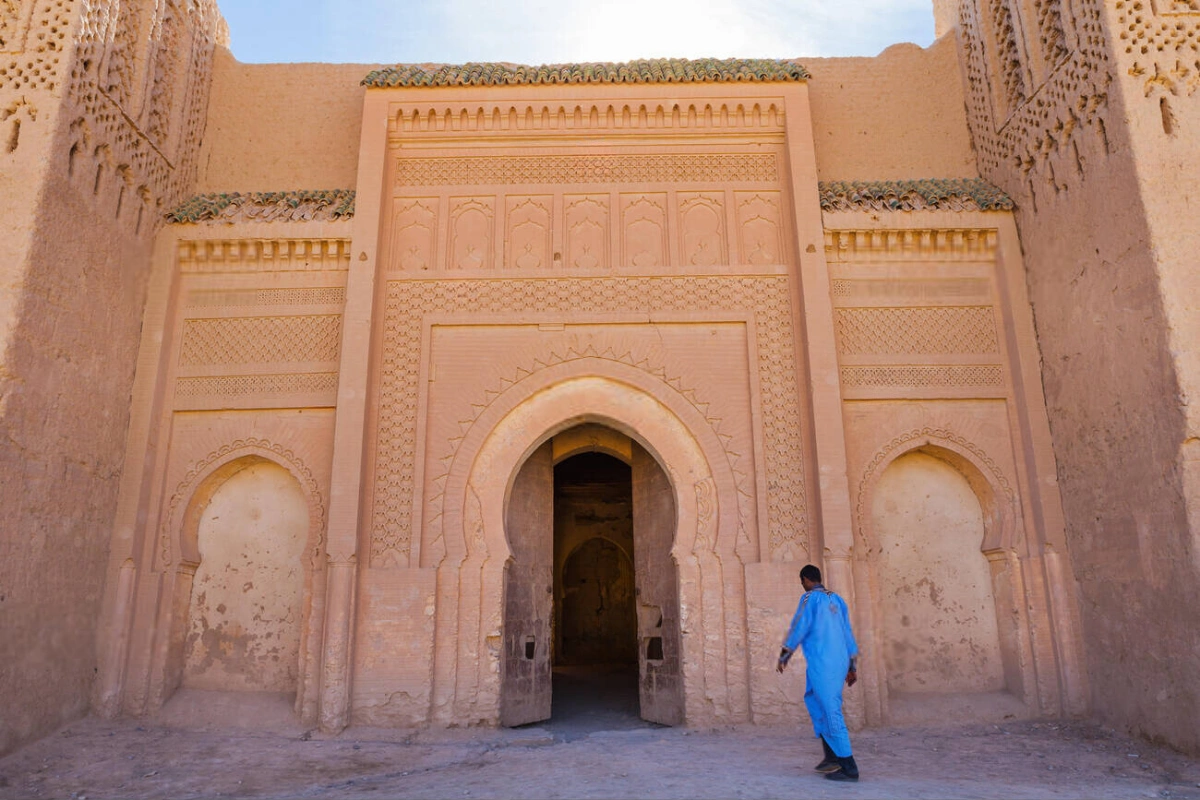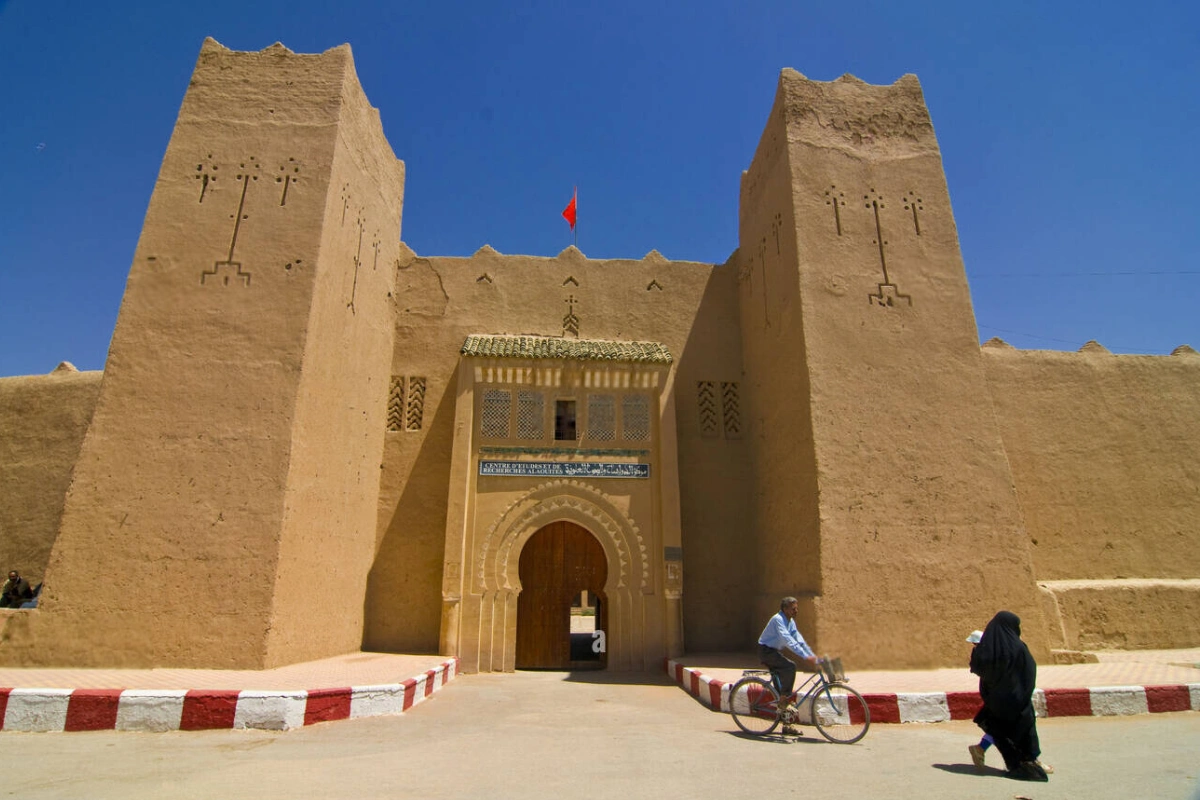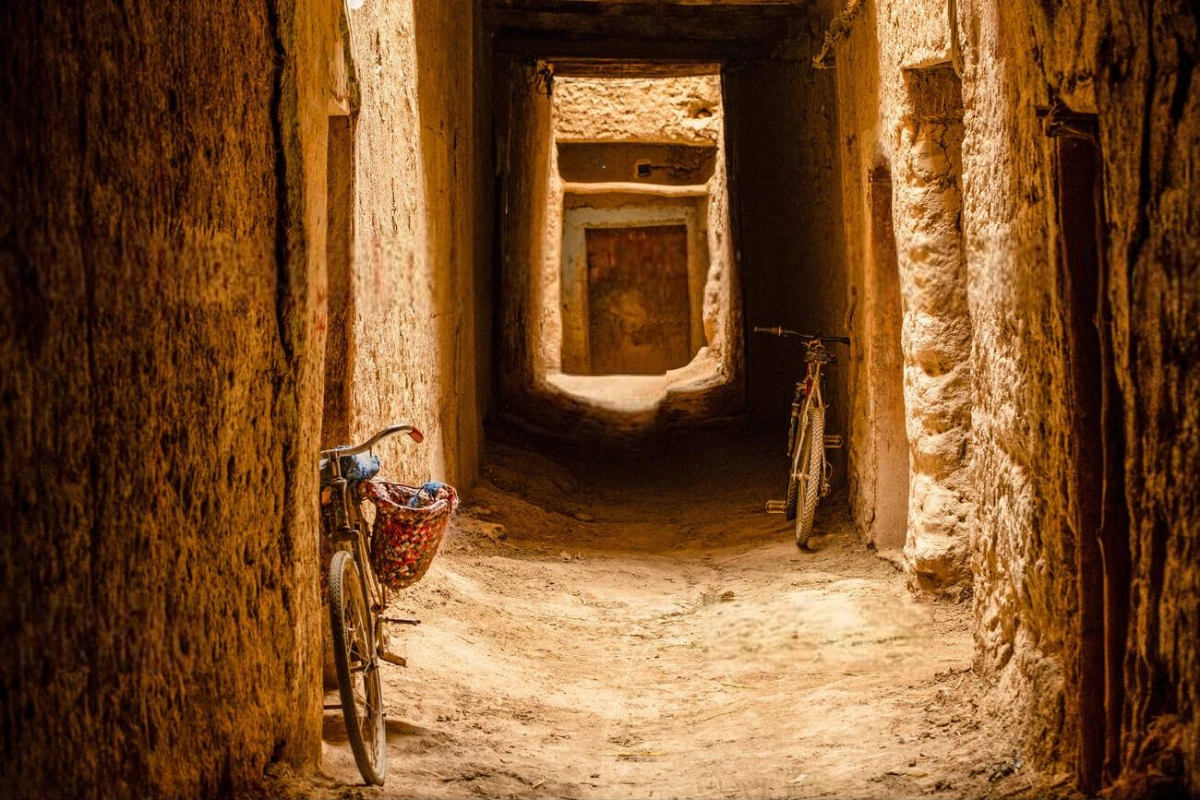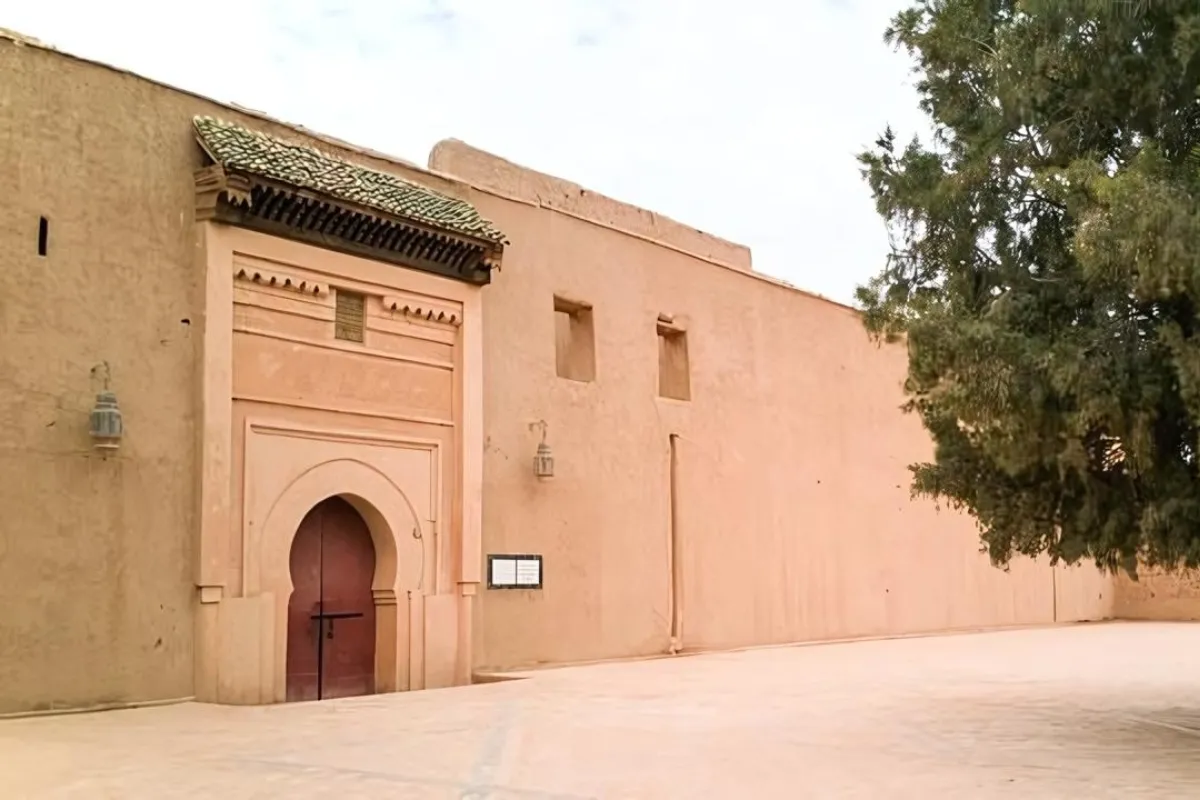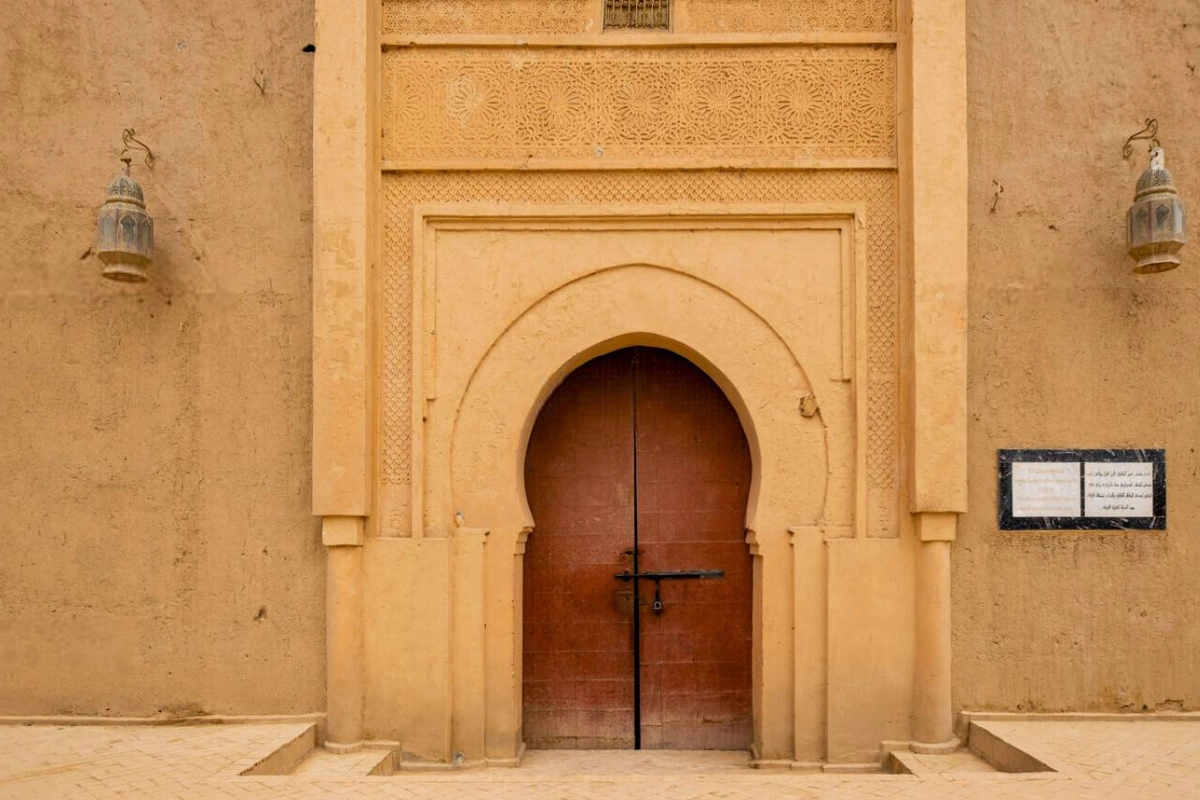The ksars (or ksour in Arabic) showcase the remarkable adaptation of desert architecture, with their high walls, narrow streets, and sophisticated ventilation systems designed to provide shelter from the harsh Saharan climate. Many of these structures date back several centuries, with some reaching as far as the 14th century, when Rissani served as a vital crossroads for trans-Saharan trade routes and was the capital of the Tafilalet region.
What makes Rissani’s ksars particularly fascinating is their historical significance as the birthplace of the Alaouite dynasty, Morocco’s current ruling family. The most notable among them is Ksar Oulad Abdelhalim, which features distinctive architectural elements including decorated gates, intricate geometric patterns, and traditional Moroccan craftsmanship that reflects the region’s prosperity during the caravan trade era.
Today, while some ksars remain inhabited and maintain their original function as community centers, others stand as archaeological sites that offer visitors a glimpse into medieval Moroccan architecture and desert life. The complex network of these fortified villages, connected by winding alleys and passages, creates an atmospheric journey through time, where visitors can experience the authentic charm of traditional Saharan architecture and community planning.


